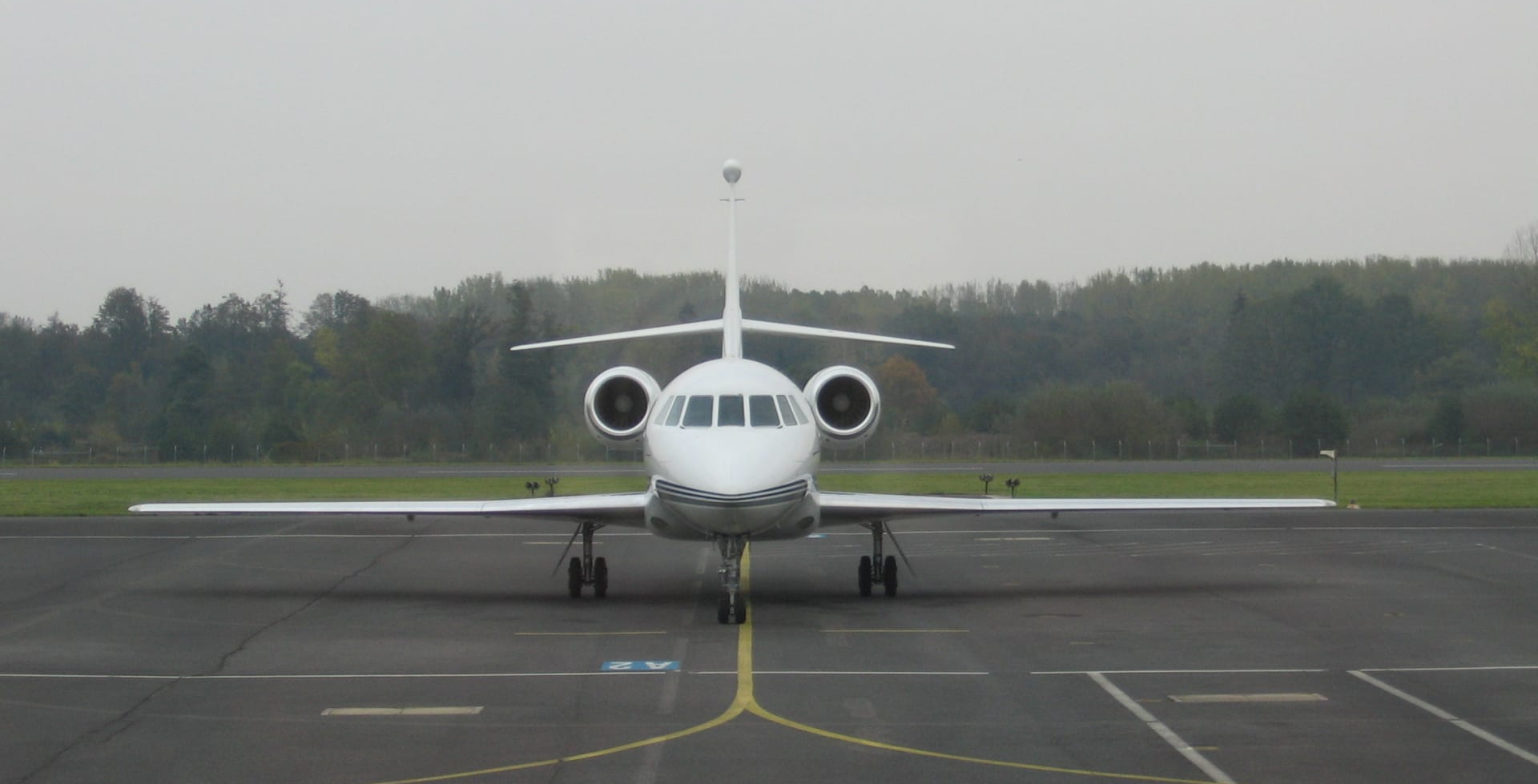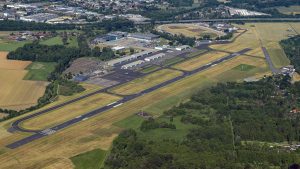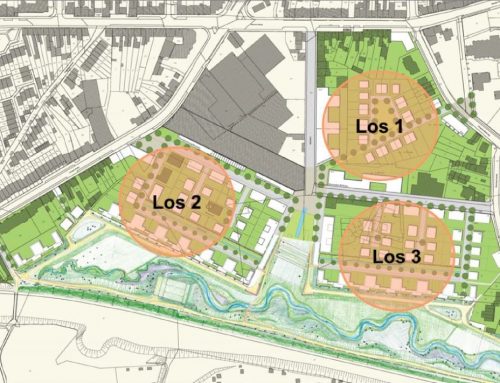The positive trend at Mönchengladbach Airport (MGL) continues this year despite the temporary downturn caused by corona. MGL is bucking the trend in the aviation industry, and sending positive signals with a growing number of flight movements and expansion of the aircraft maintenance business.
At the end of 2018, the Mönchengladbach airfield reported more than 40,000 flight movements per year for the first time in five years. By the end of 2020, this figure is likely to top the 45,000 mark. “That is encouraging, because it is a clear indication of a sustained upward trend, even when times are difficult,” said the airport’s Managing Director, Dr. Ulrich Schückhaus.
The upward trend is attributable to both training flight operations and the maintenance business. Training flights account for some 60 percent of total air traffic. The good start to the year with an 11.5 percent increase in the first quarter laid the groundwork for the positive trend. The drop in business as a result of the corona-related temporary closure of the flight schools until April was offset during subsequent months. September 2020 saw a 29 percent increase in air traffic volume compared with the same month last year. By the end of october, flight movements had risen by a total of 13 percent compared with the same period in 2019.

Apart from training flight operations, the number of business flights also increased. During the corona pandemic, those who can afford to do so travel by business jet rather than boarding larger commercial flights – assuming these are still scheduled. This trend has resulted in an increase in maintenance demand which MGL with its good infrastructure is well prepared to serve. It is not only the business jets stationed at MGL that use these maintenance services, the airfield has also become a pit stop for business aviation. “Maintenance was already a flourishing line of business at MGL before the corona pandemic, and it continues to grow,” Managing Director Franz-Josef Kames explained. Renowned maintenance enterprises such as RAS and elite Jet Service are expanding at MGL and creating new jobs. “As a result, MGL is growing in stature as an economic factor for Mönchengladbach,” Schückhaus added.
Shaping the future
Mönchengladbach Airport is gearing up for the future in order to maintain the upward dynamic. In addition to plans for a new operating zone for maintenance businesses and an Airport City with space for research, development, offices, hotels and event locations, MGL is in particular positioning itself in the promising field of unmanned aviation. This includes the SkyCab interdisciplinary research project spearheaded by FH Aachen – University of Applied Sciences that takes a holistic approach to innovative mobility concepts such as aerial cabs. Work at MGL focuses on how such aerial objects can be integrated in the regional transport structure and active airspace. Before the end of this year, it is planned to begin simulating take-offs and landings using a small model with aviation features similar to those of the future SkyCab.
Apart from aerial cabs, unmanned drones in particular will be using our airspace in future, and in fact are already doing so in increasing numbers today. Consequently, it is important that drone operators can control these devices safely and in accordance with valid aviation regulations. Anyone wishing to operate drones commercially must obtain the appropriate licence. The airport company will therefore be introducing a drone licence course at MGL before the end of this year. The training partner is DRONIQ, a joint venture between DFS, the German air navigation service provider, and Deutsche Telekom that combines air traffic control with state of-the-art communications technology. Unmanned drones have a broad range of applications. Examples include high-altitude maintenance and inspection work, e.g. on wind-turbine rotor blades, digital terrain models and much more.










